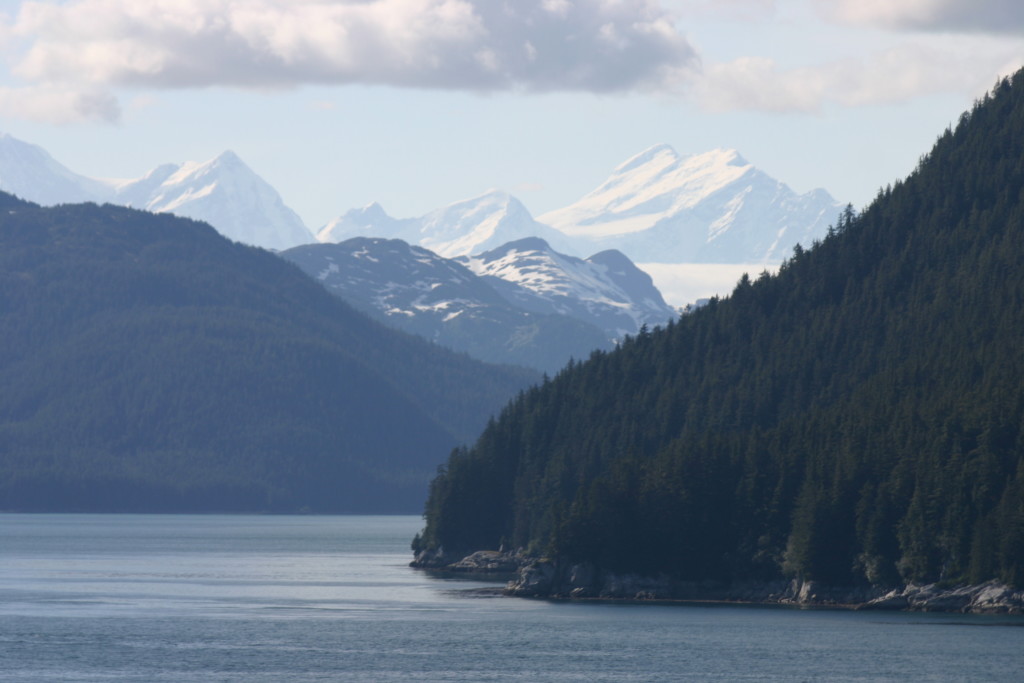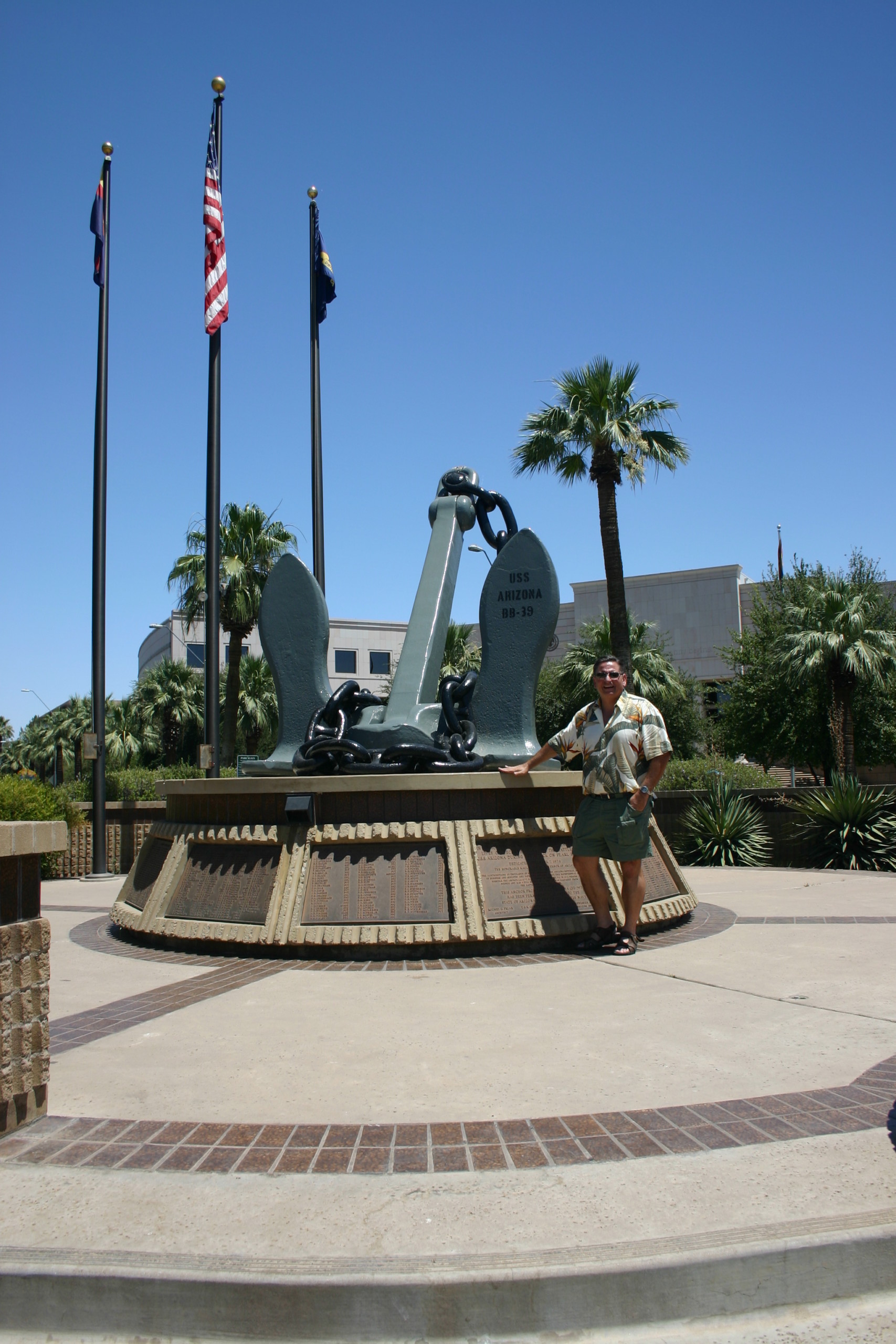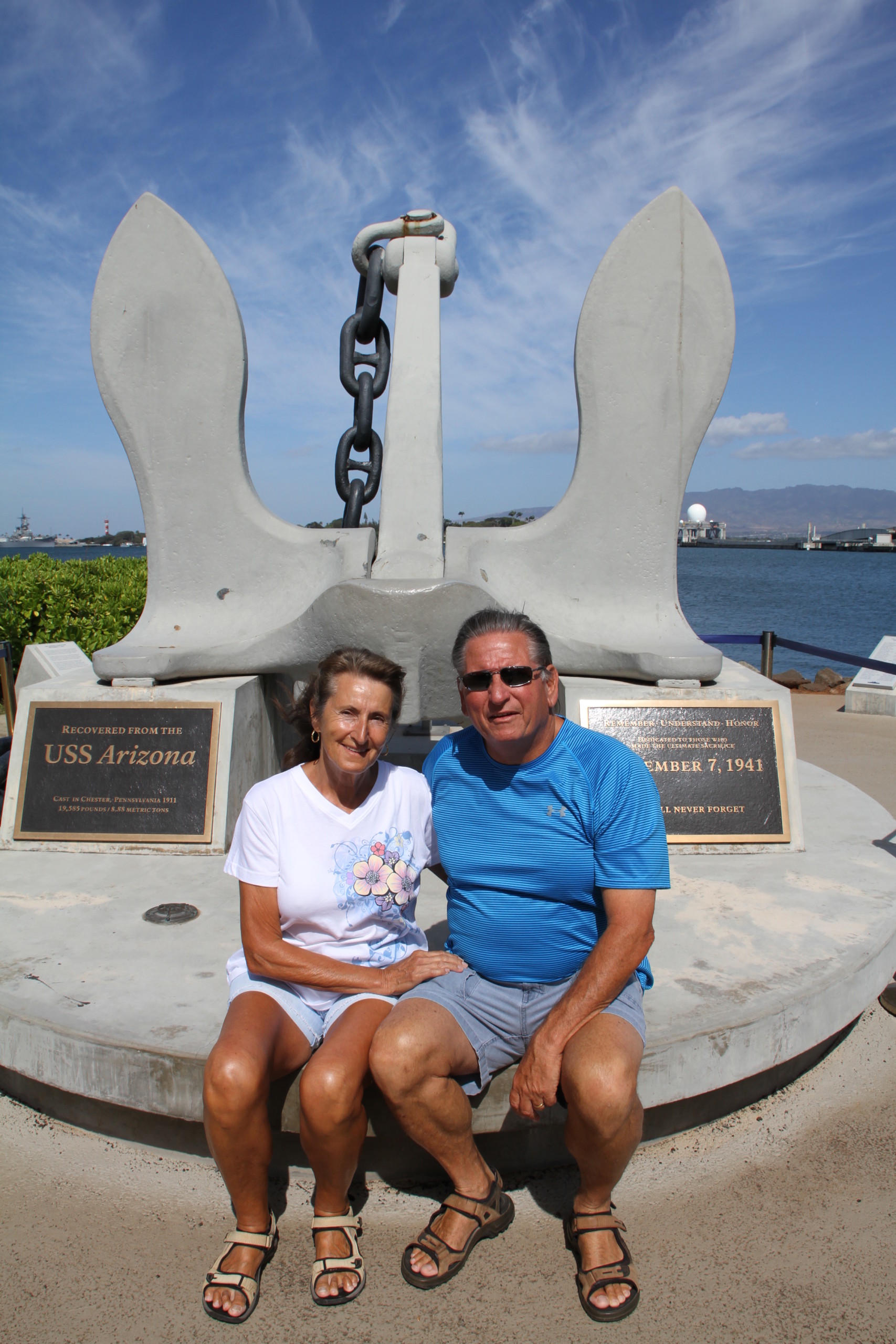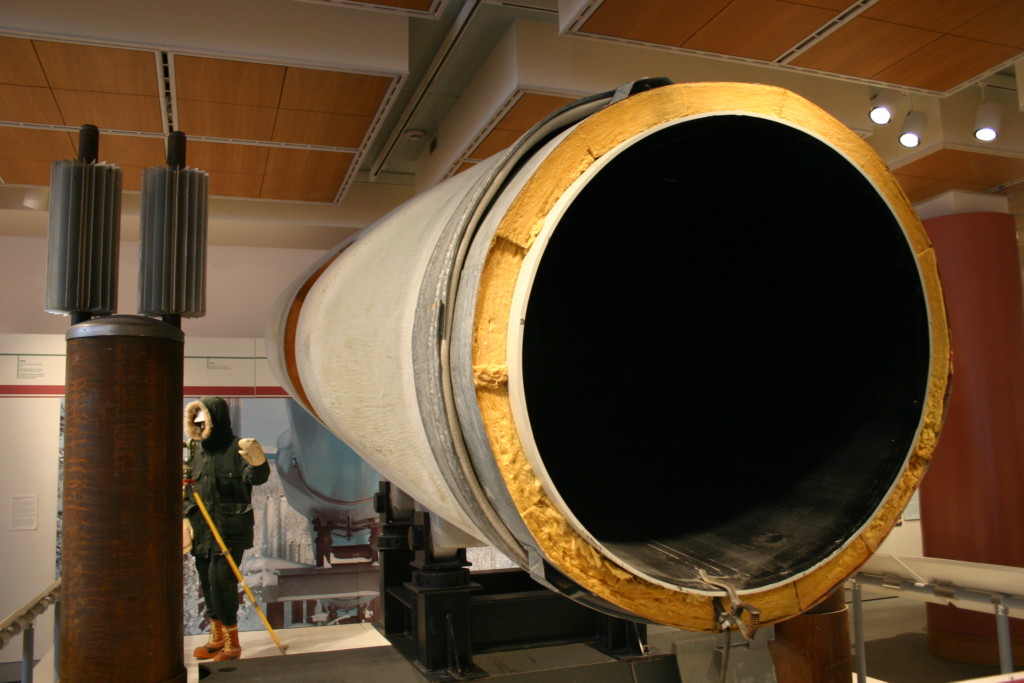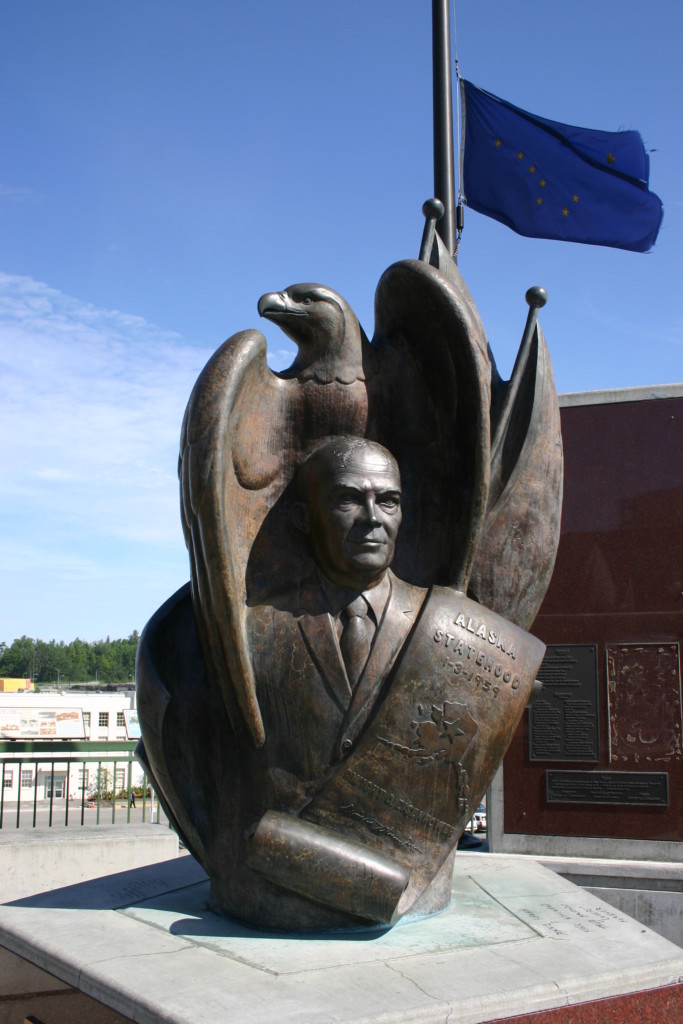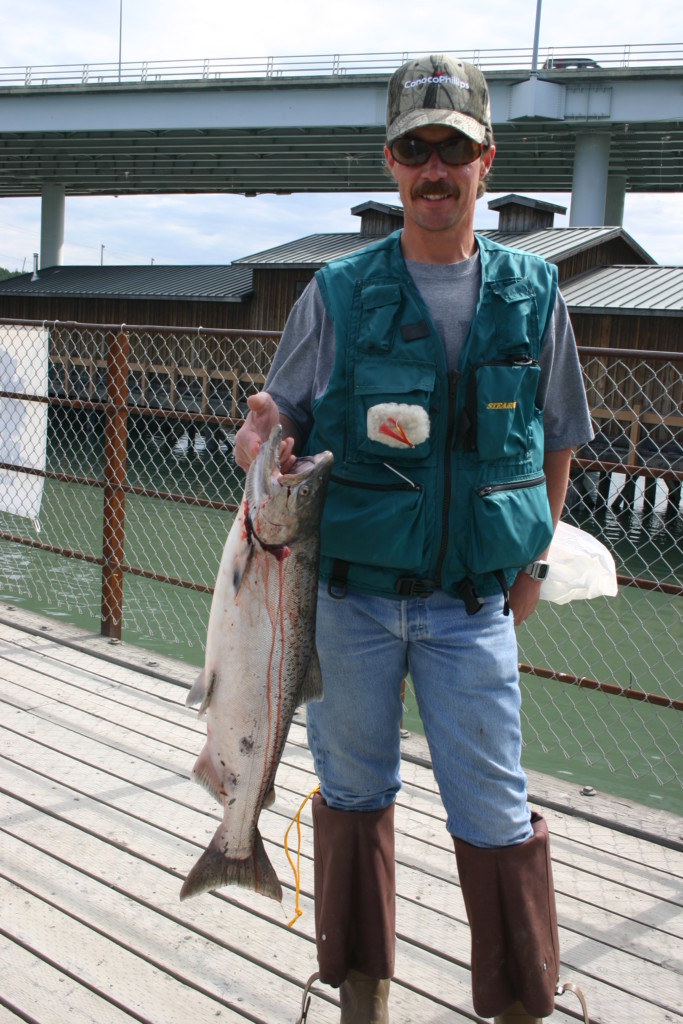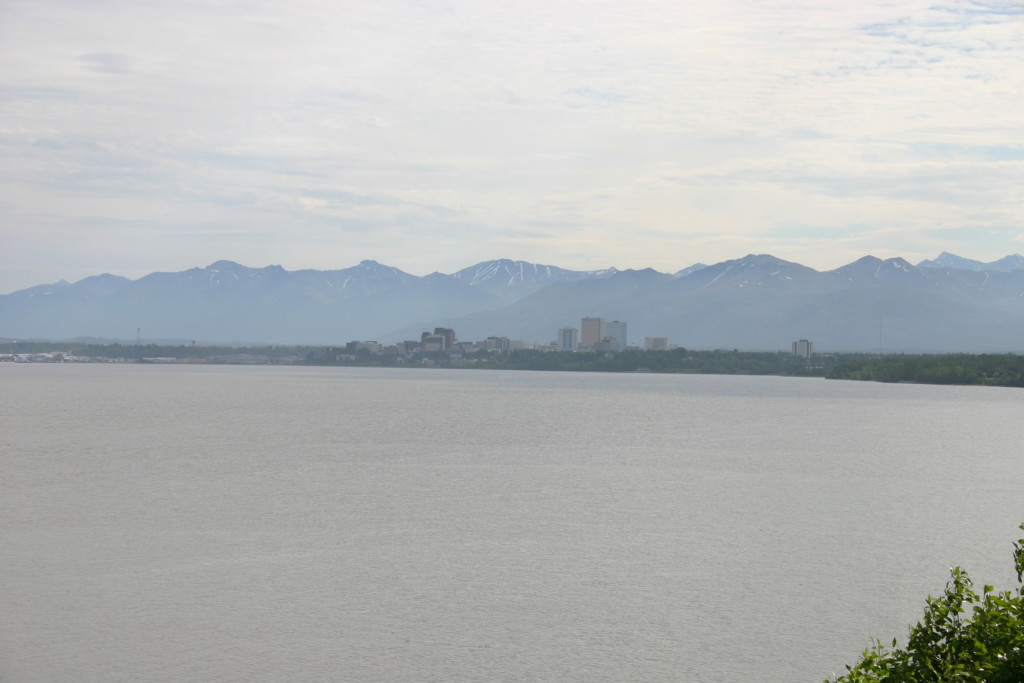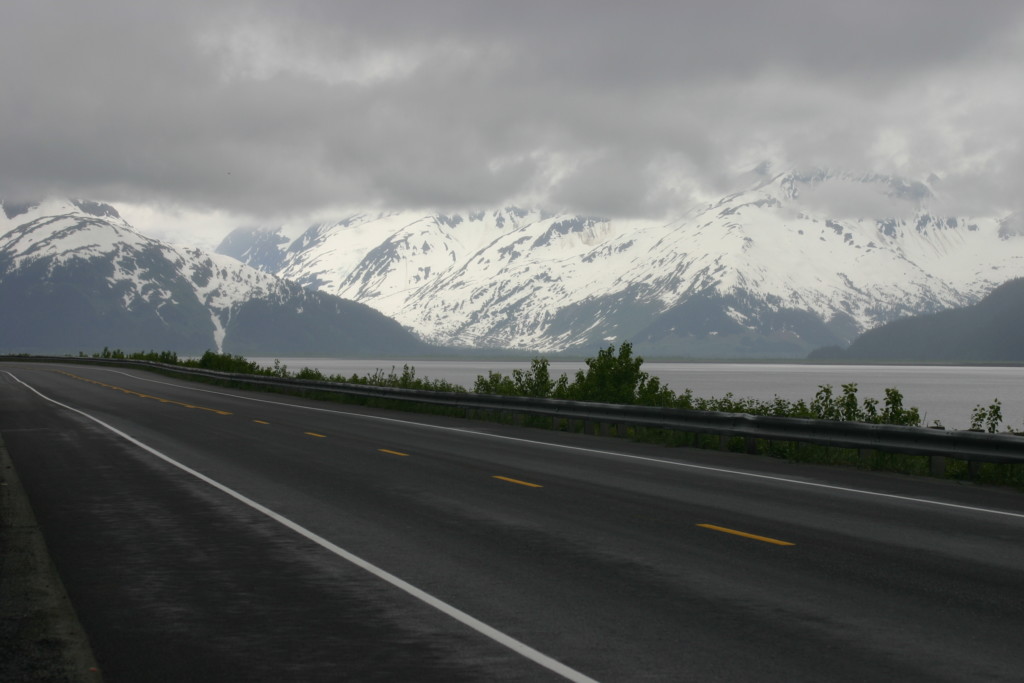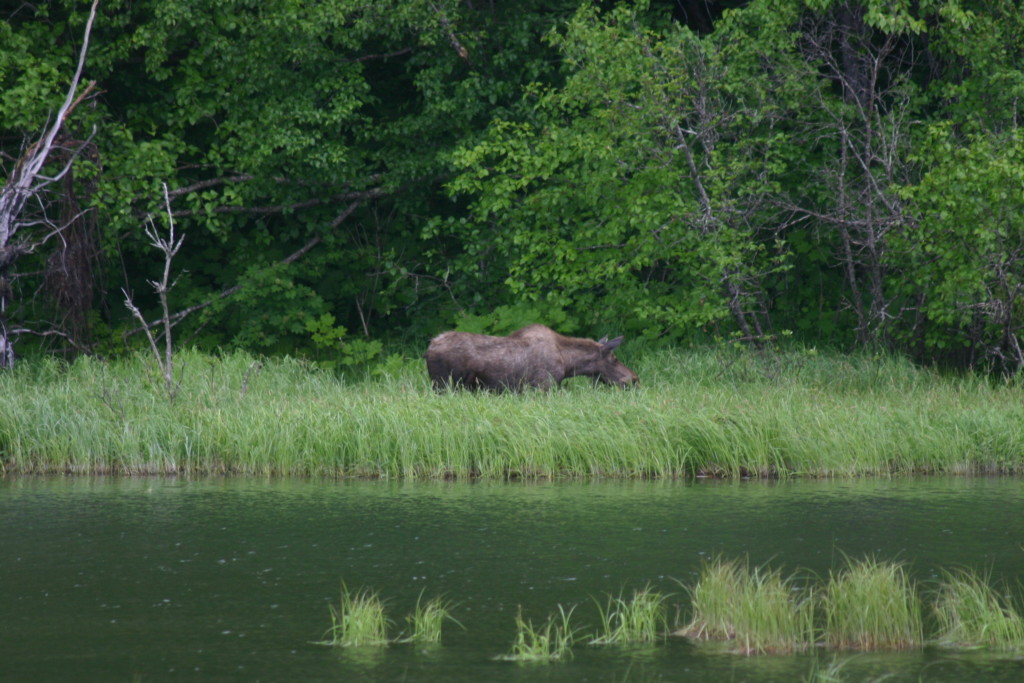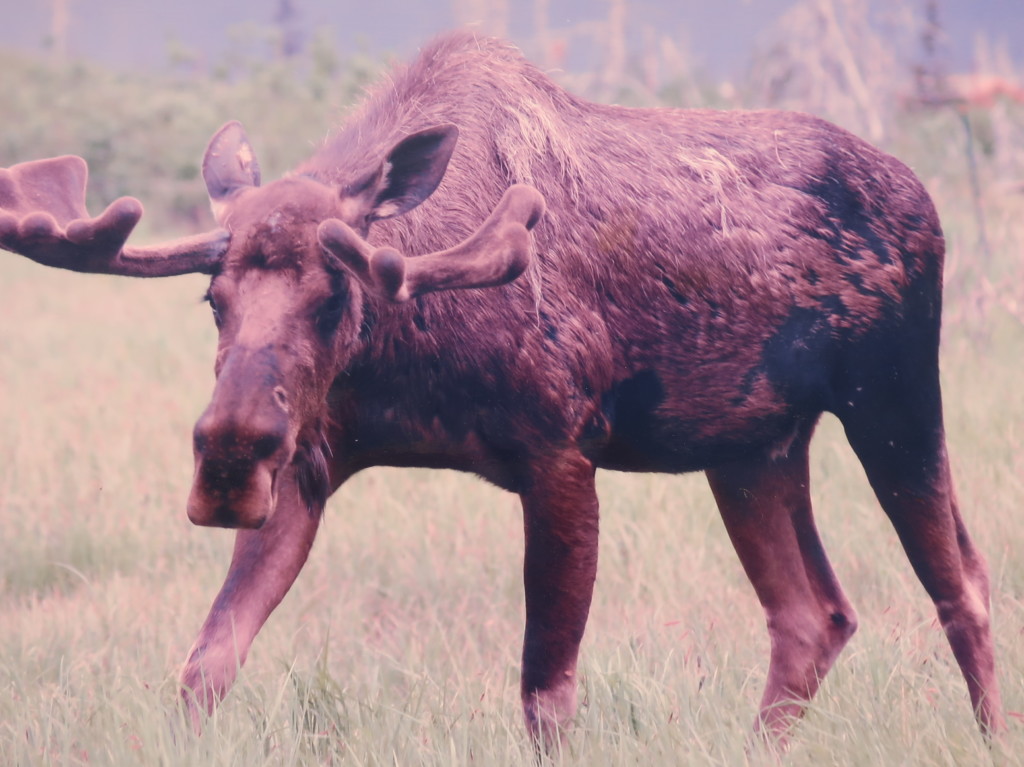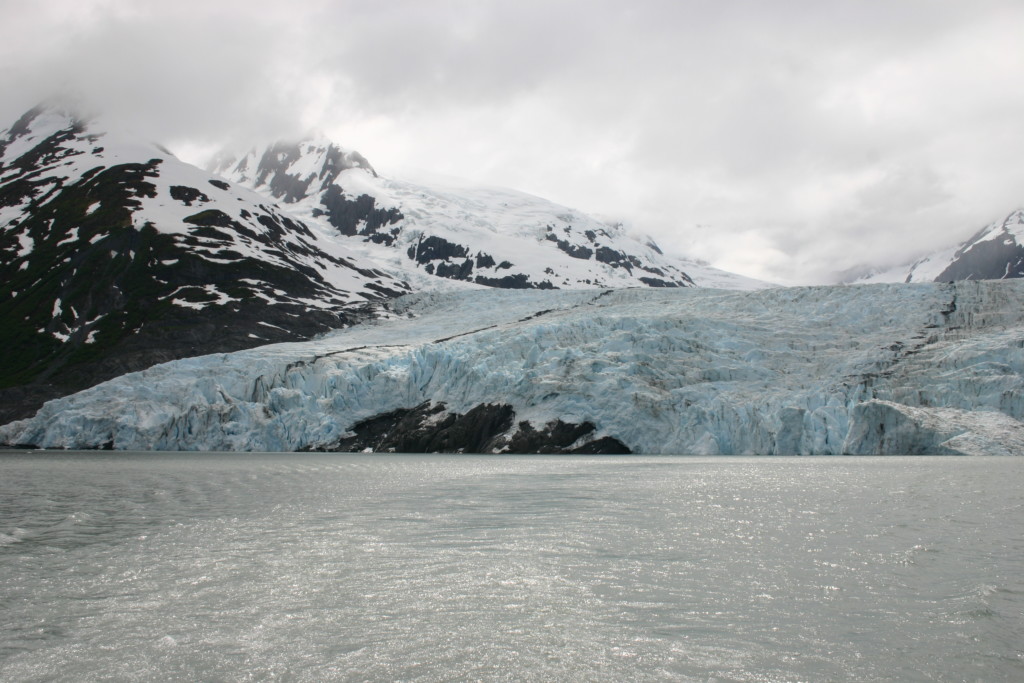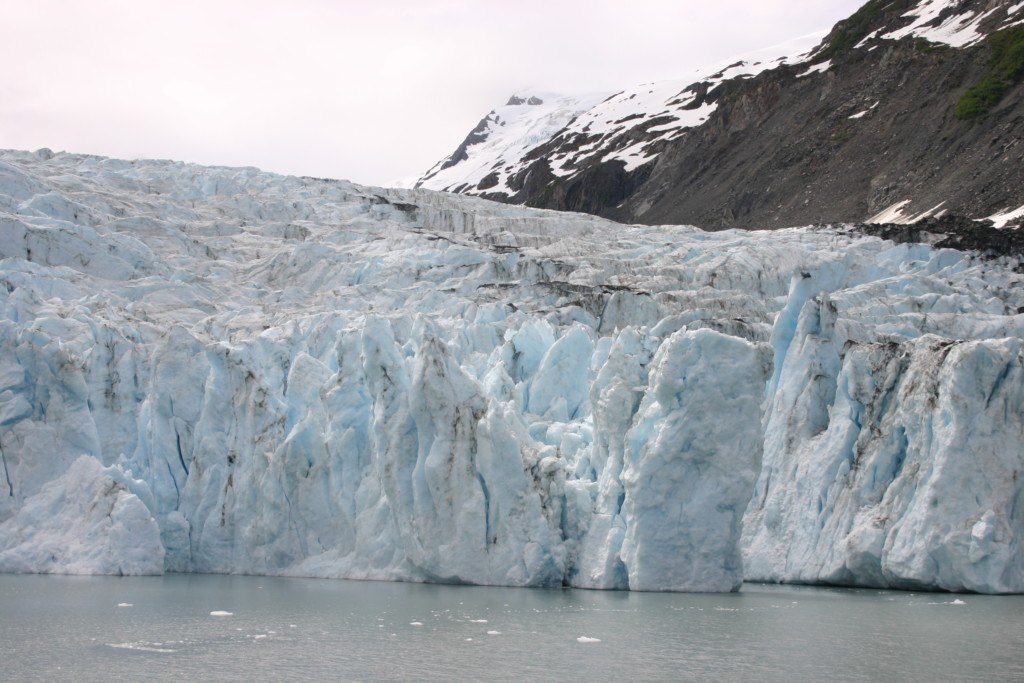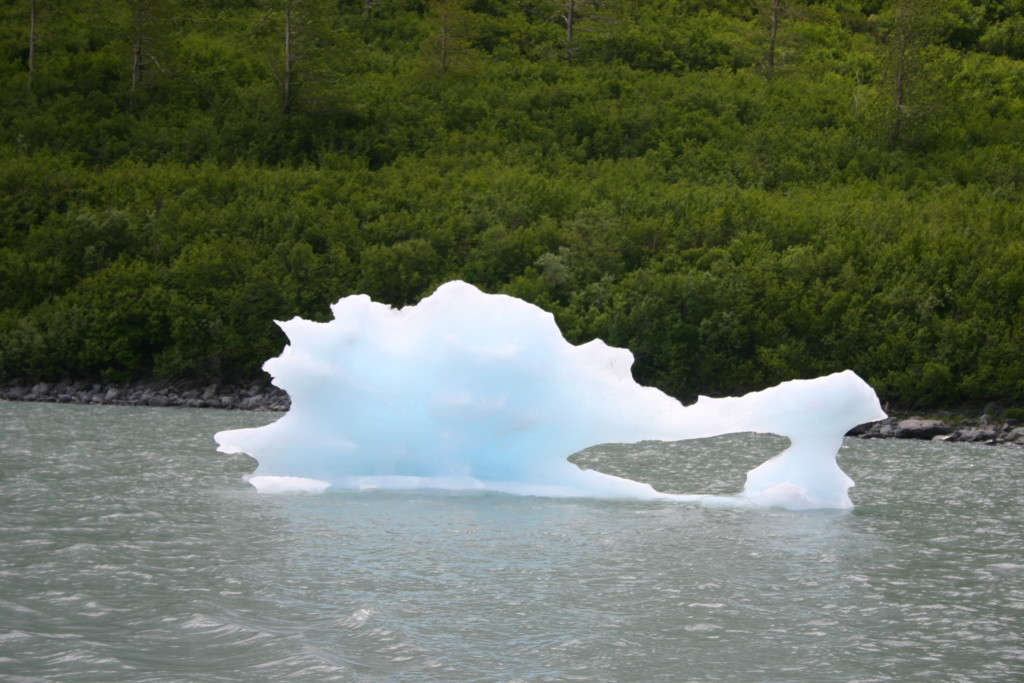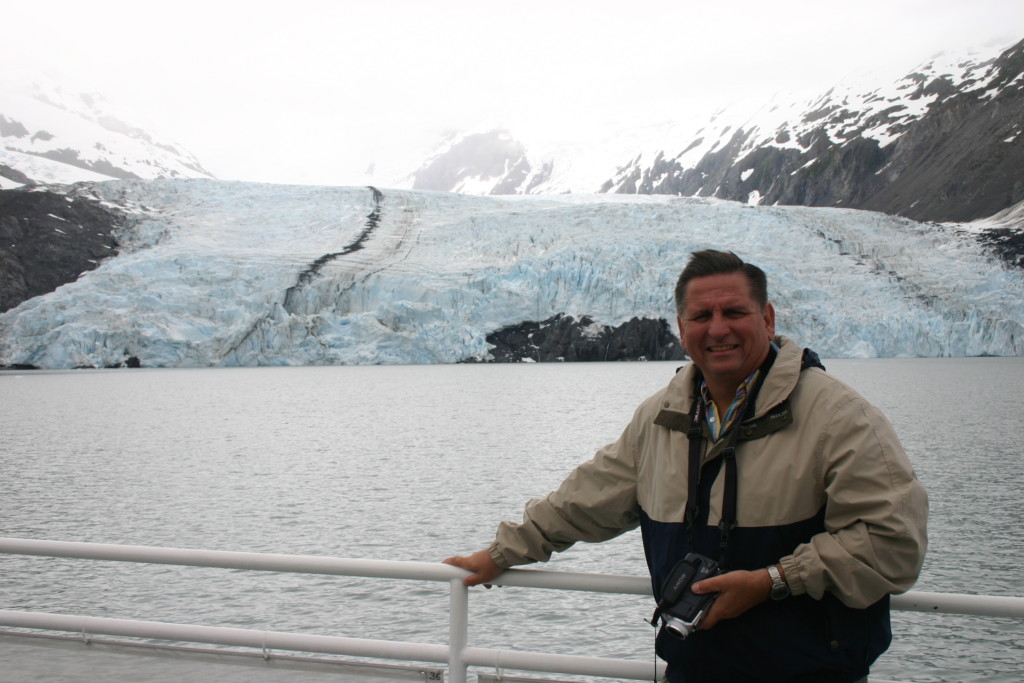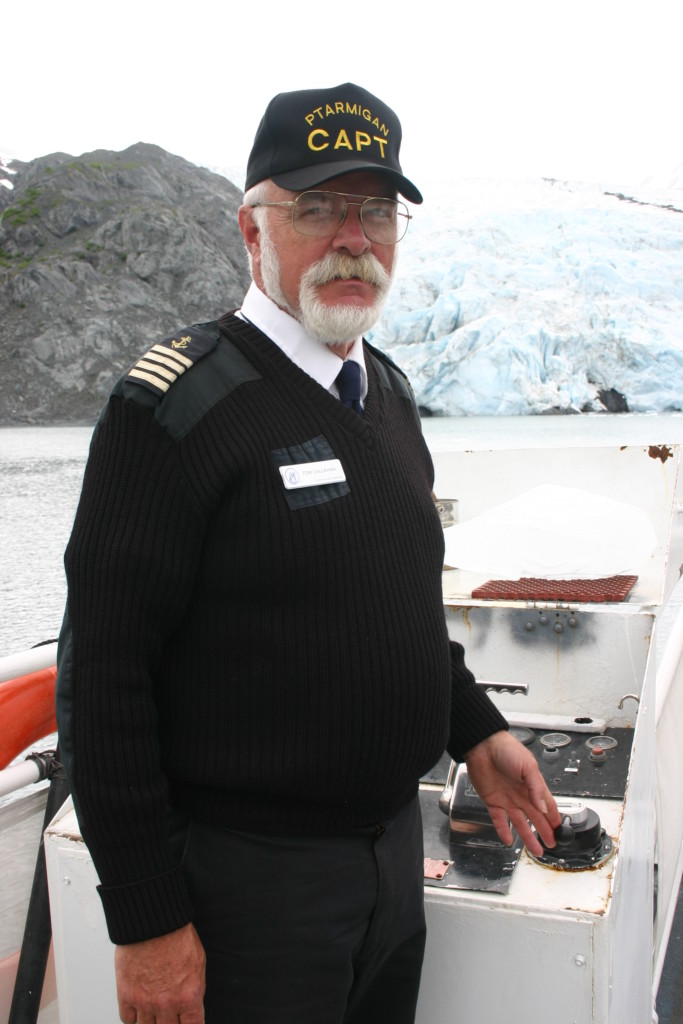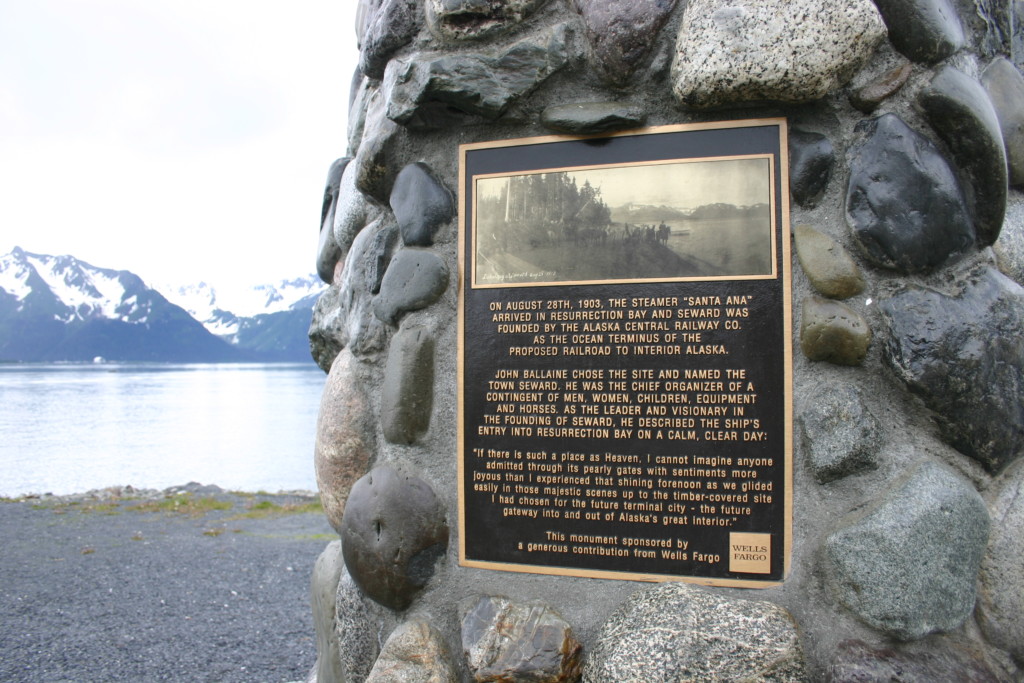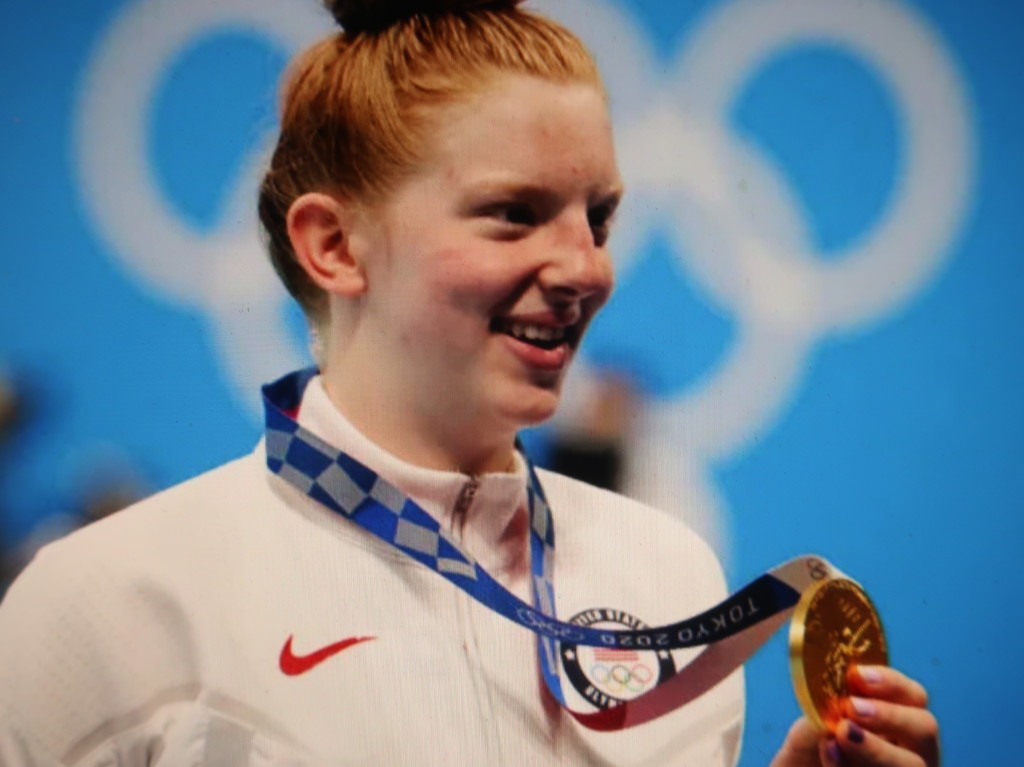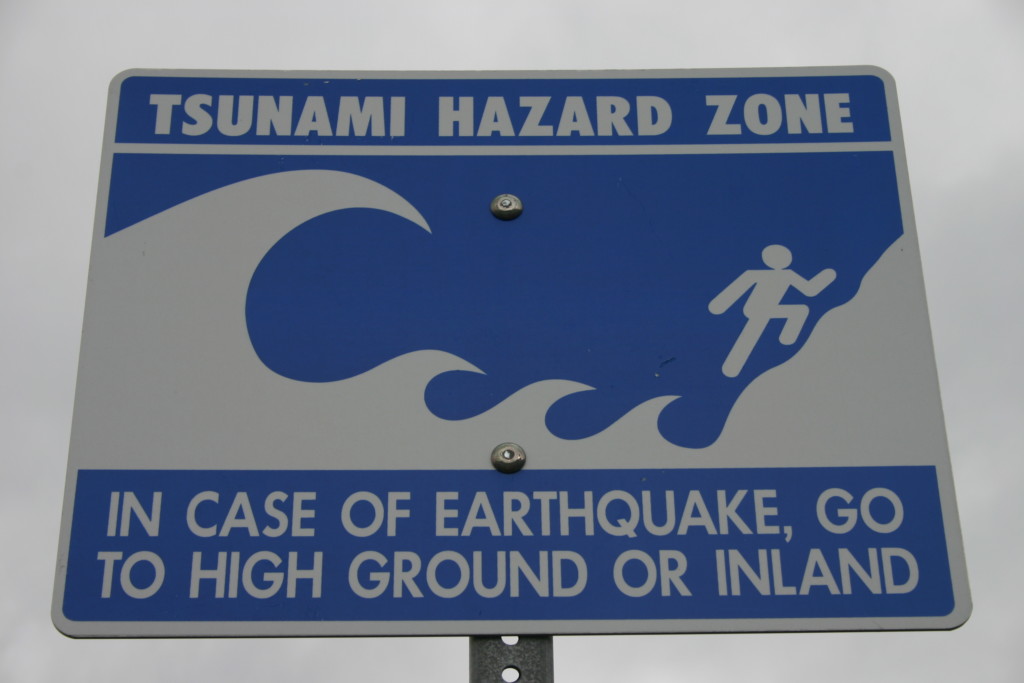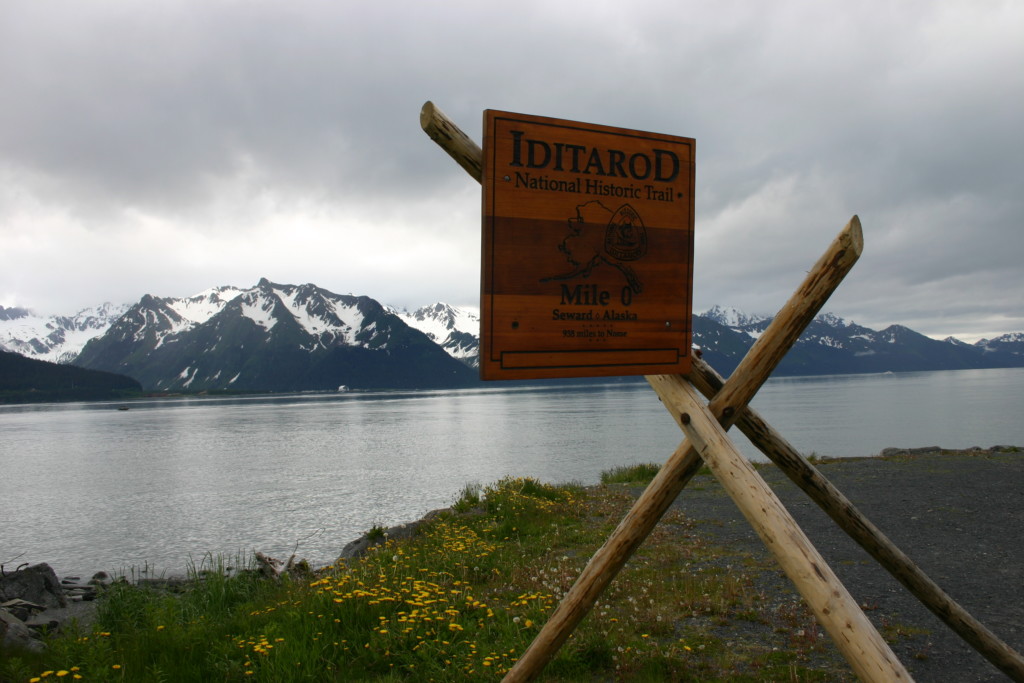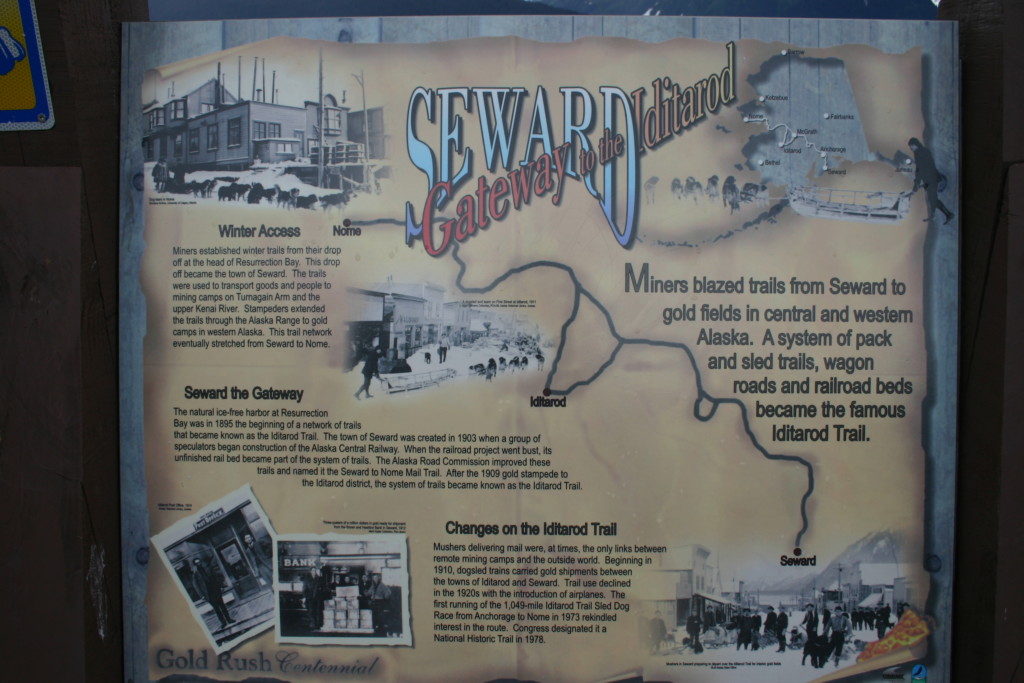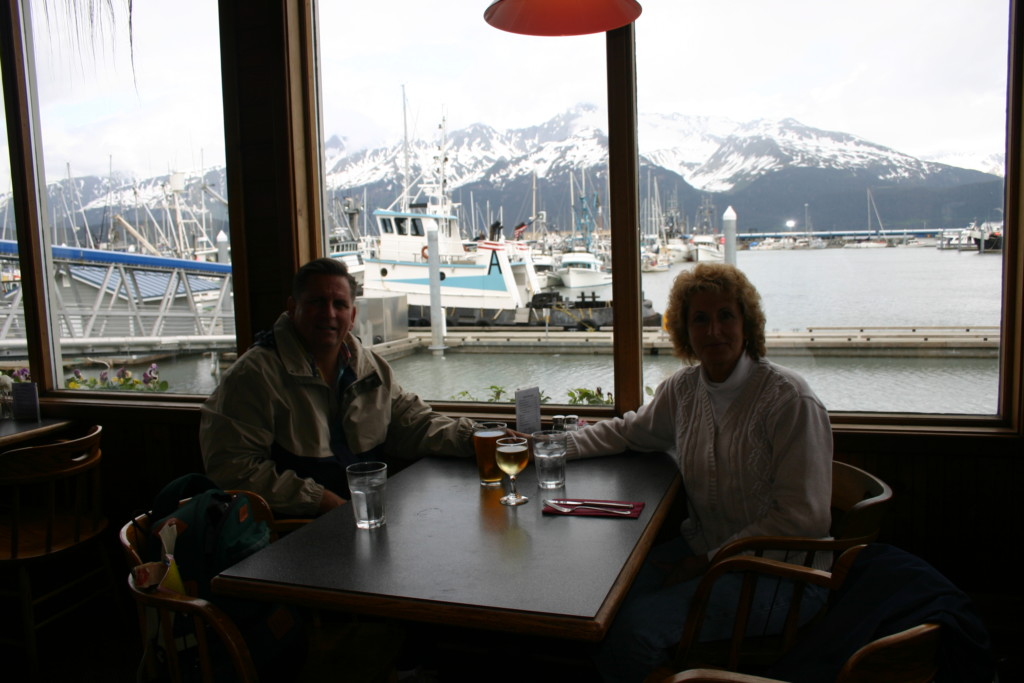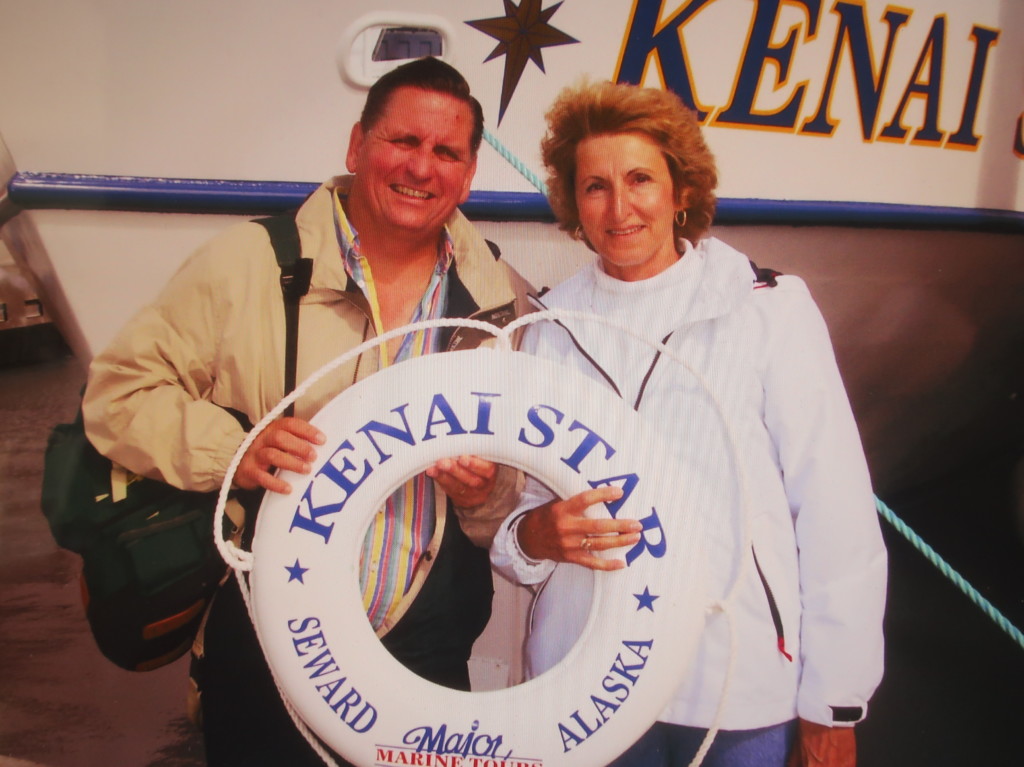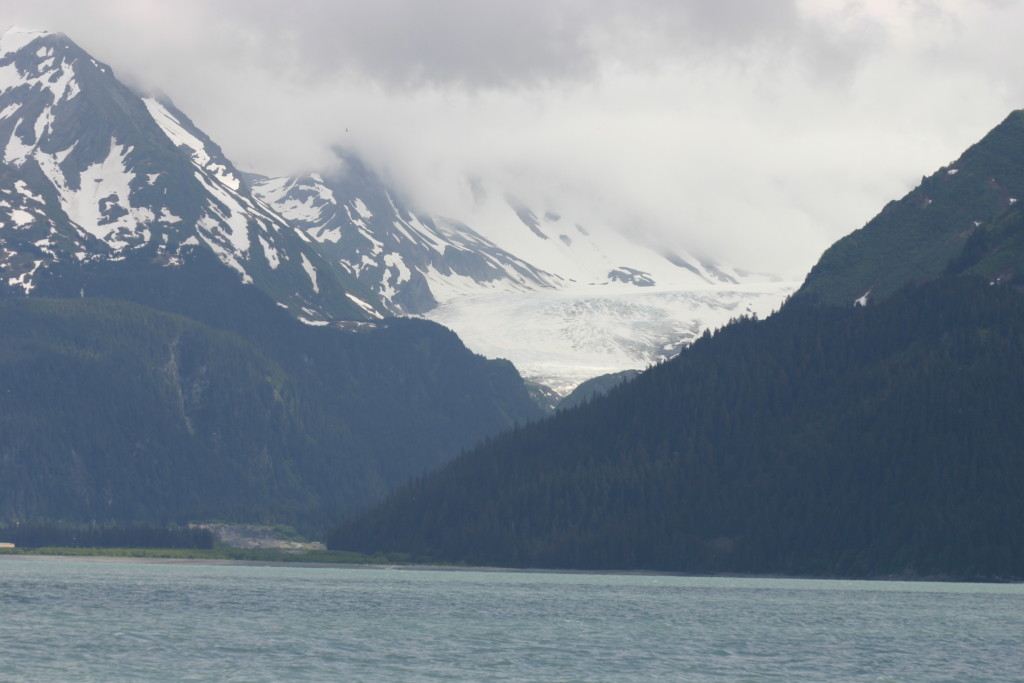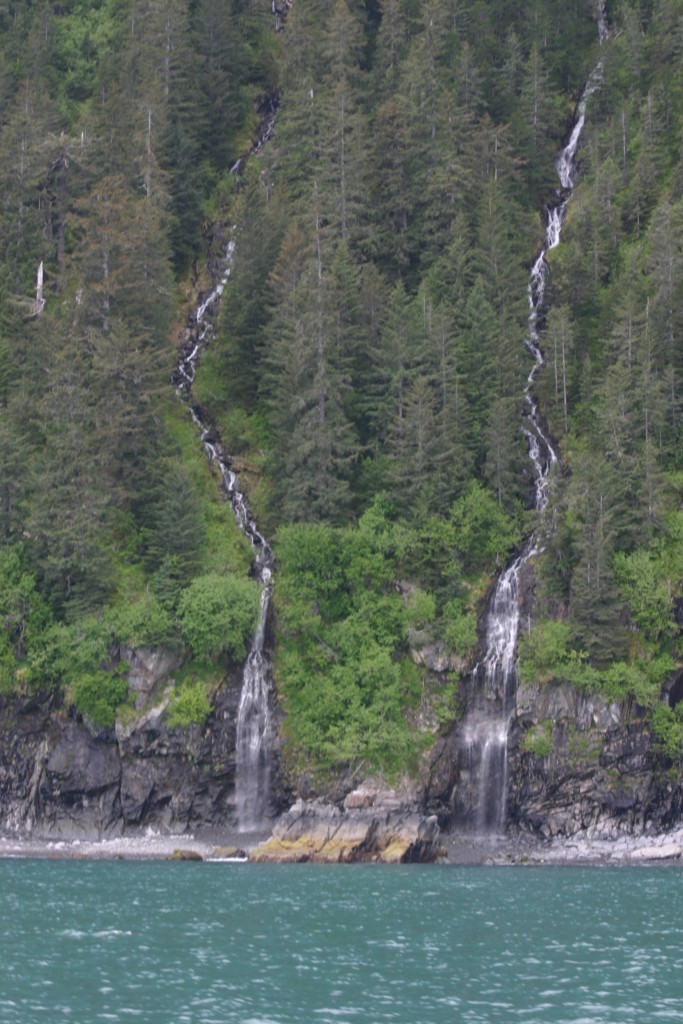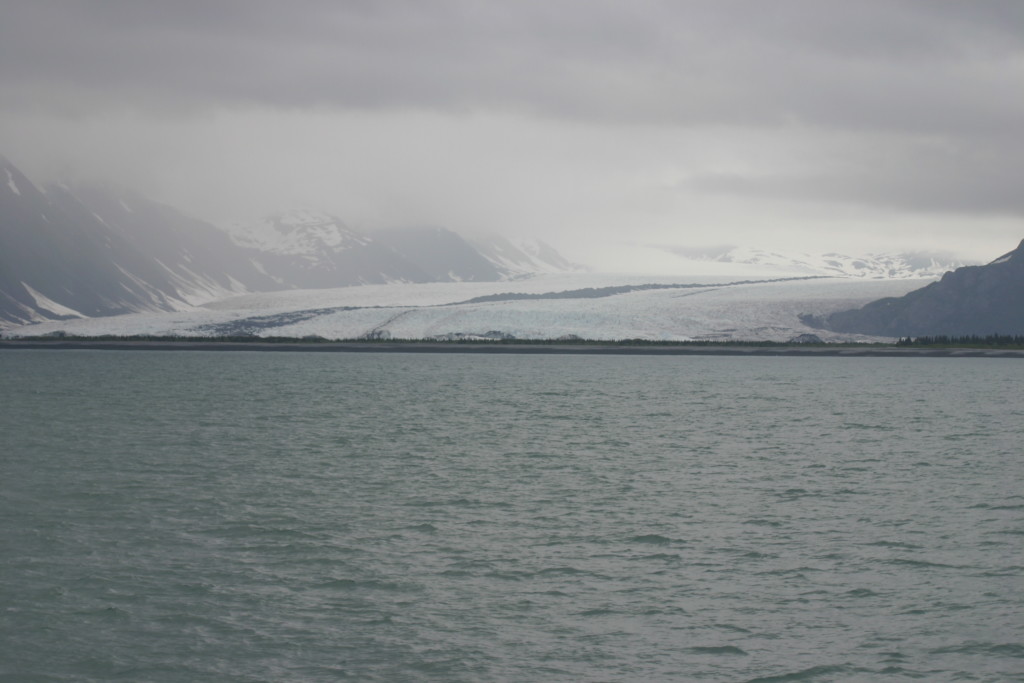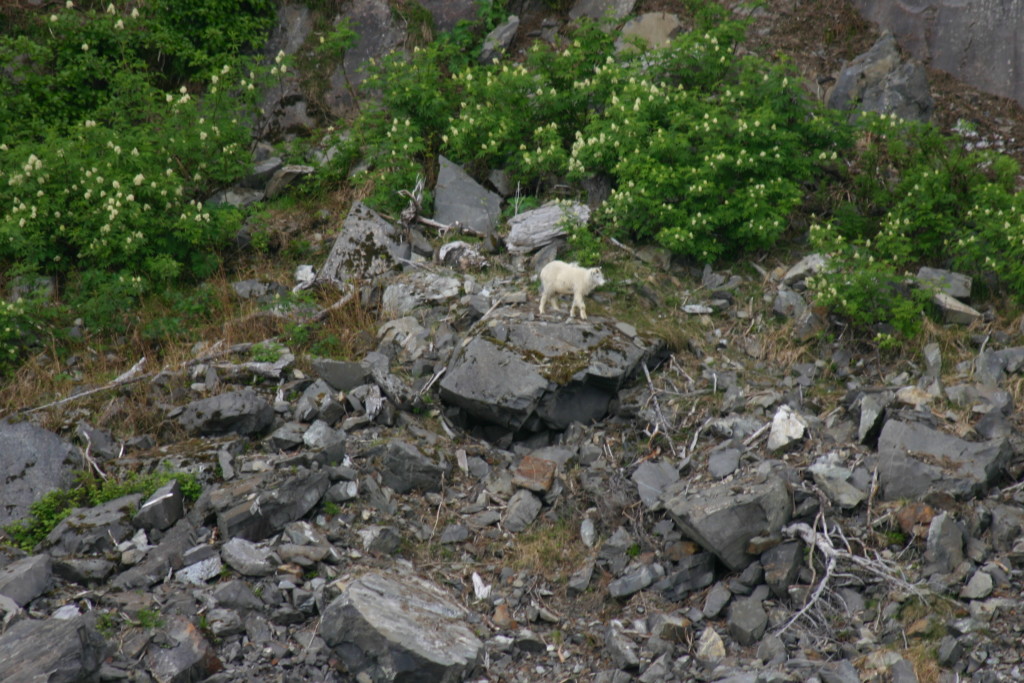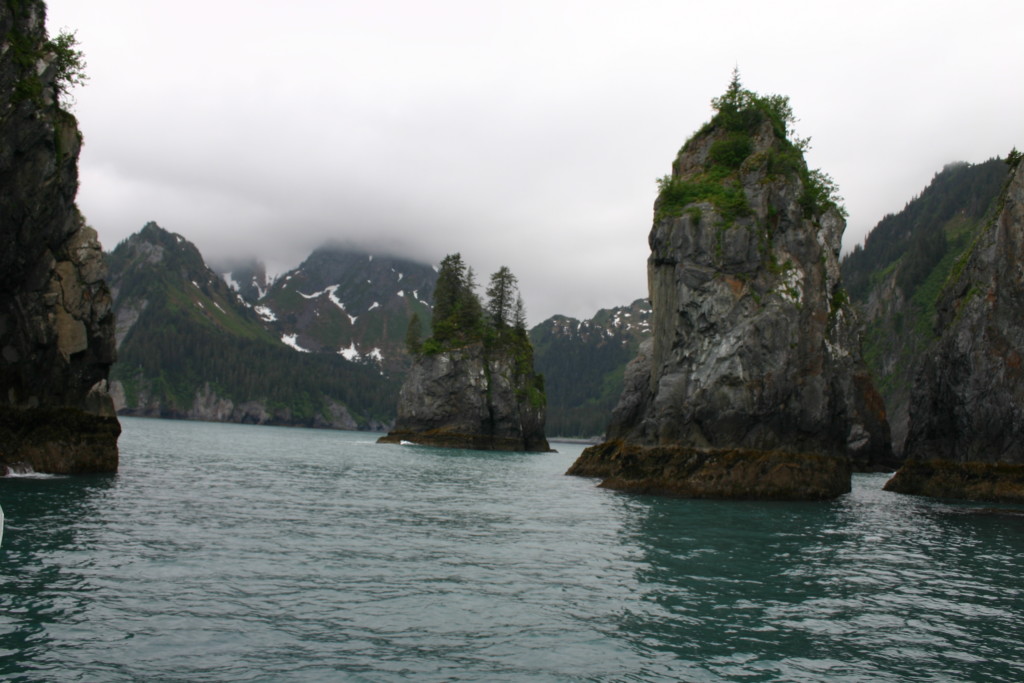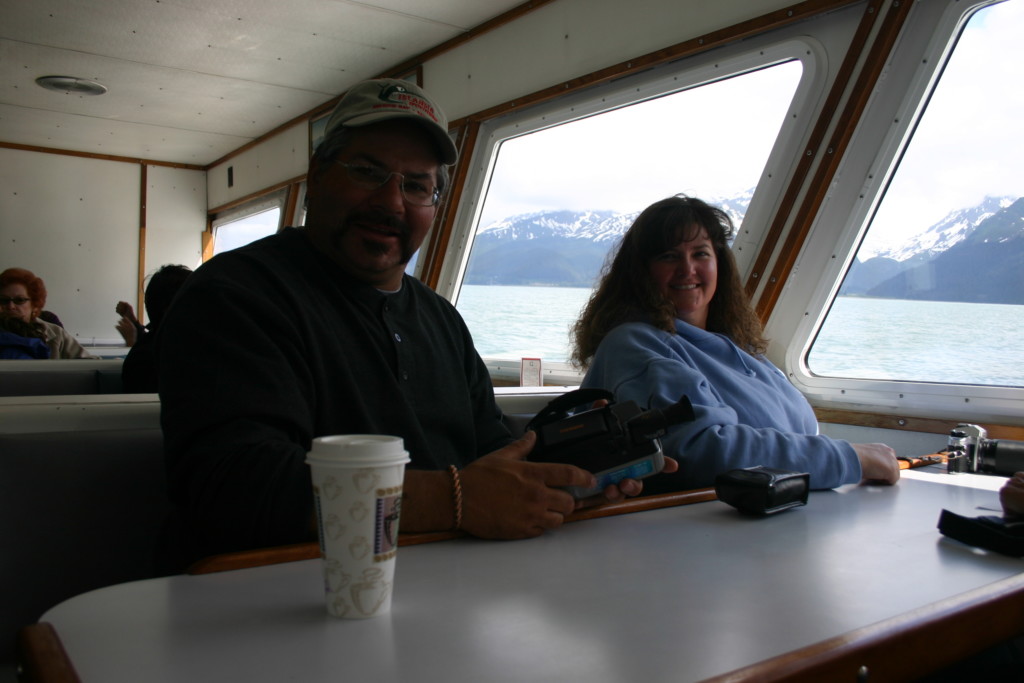John Muir, the famous naturalist, once said “Alaska is one of the most wonderful countries in the world.” He also wrote in his journal that “you should never go to Alaska as a young man because you never be satisfied with any other place as long as you live.” I don’t know about that idea as Switzerland, Norway, Greece and Hawaii are superb places too.
There is no question that Alaska ranks as one of the most beautiful areas in the world. Getting there is not difficult. You just need time, good health and some money.
Well over two million people visit Alaska annually. One can fly to Anchorage and take a cruise down from either Seward or Whittier. One can take a cruise up from San Francisco, Seattle or Vancouver. This expose will discuss our first sojourn to Anchorage and Seward. Cruising Alaska Part 2 will actually deal with ports going north and south.
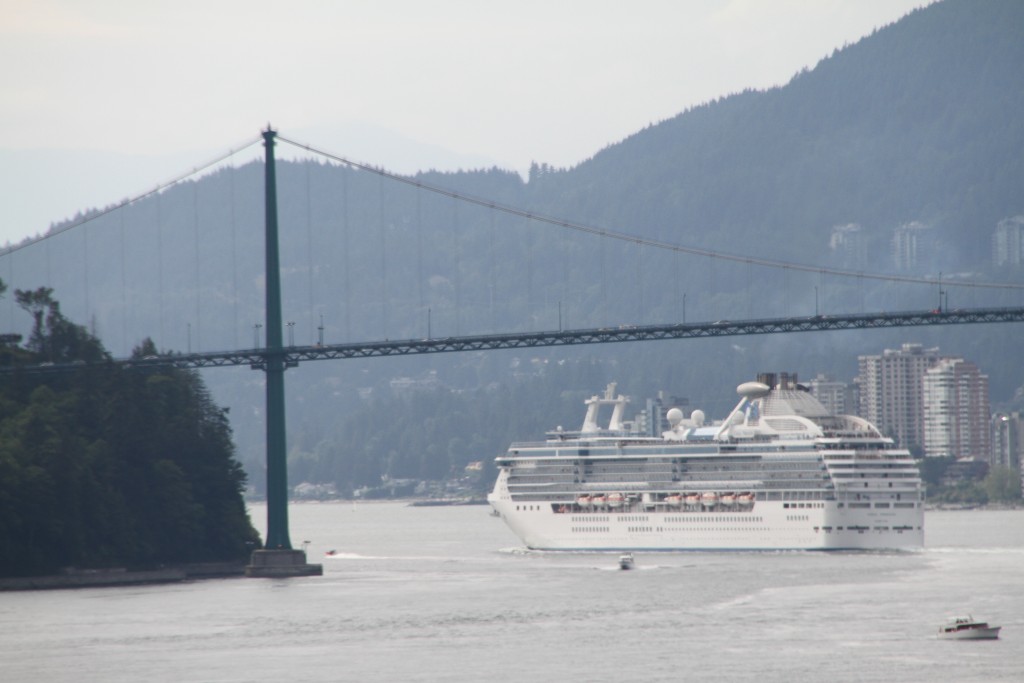
There are plenty of publications and Google for Alaskan info. We also use www.vacationstogo.com giving us information about cruises, ports and the ships. And, if you want a trip completely planned out for you, go to AAA.
Our first adventure to Alaska was in 2004. Flying from PBI, we flew into Phoenix. We had a six hour lay-over. We rented a car and went to downtown Phoenix on a Saturday afternoon. Ironically, there was literally no one in the downtown district. It was at the beginning of July and it was well into the 100’s. An egg could be fried on the hood of the car. We were by ourselves at the USS Memorial Anchor. I have been blessed to have touched both anchors of the USS Arizona. The other is at Pearl Harbor in Oahu, Hawaii.
We flew into Anchorage at 12 midnight. It was still light outside. Luckily, our hotel room had blackout shades.
We stayed in a comfortable budget hotel across from the fancy Captain Cook Hotel. Cruise lines also like to use the Marriott hotel in town.
Anchorage is a vibrant city. It is Alaska’s largest city, although “not” the capital. There is a tourist trolly in the summer that will take you around for a few dollars.
We did go into the museum and learned about Alaskan history. Oil has played an important part for Alaska in the 20th century. Alaska made so much money in oil, that they gave dividends to citizens living in the state for years.
The 1964 earthquake was a shattering event in Anchorage. Registered as a 9.2, the March 27th earthquake did over 300 million dollars of damage—1964 dollars. Even though the earthquake lasted but five minutes, over 130 people did die.
Alaska became the 49th state under President Dwight D. Eisenhower. As many of you know, Dwight was our commander in Europe starting with D-Day during WWII.
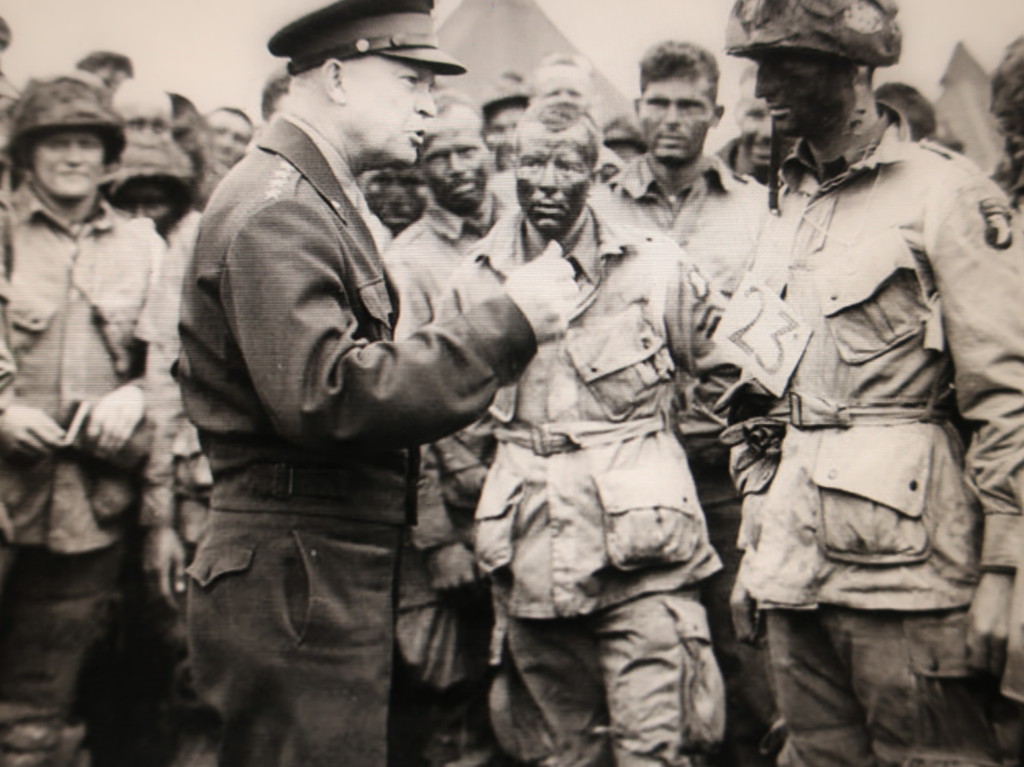
Dwight was a good man who brought us the Interstate Highway system and warned us of the perils of the “Industrial Complex.”
At the age of 13, Benny Benson, won the contest of designing Alaska’s flag.
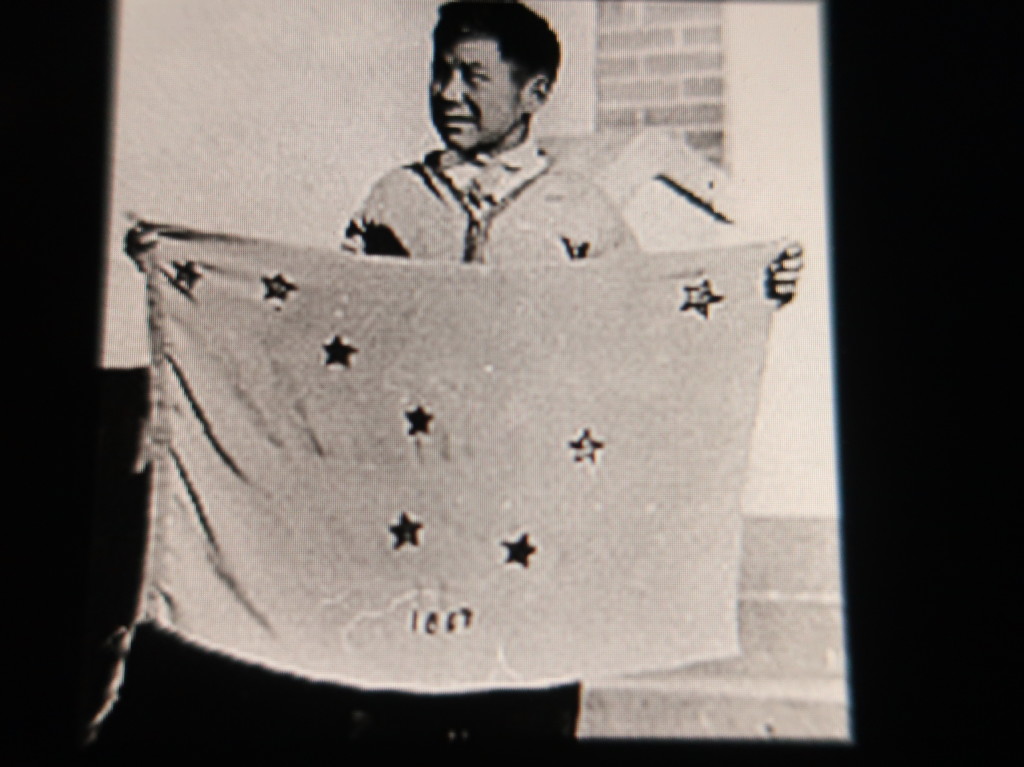
He was a mix-race Alaskan. The royal blue flag has eight gold stars representing “the big dipper.” The Big Dipper symbolizes a bear, which is indigenous to Alaska. To the upper right is The North Star.
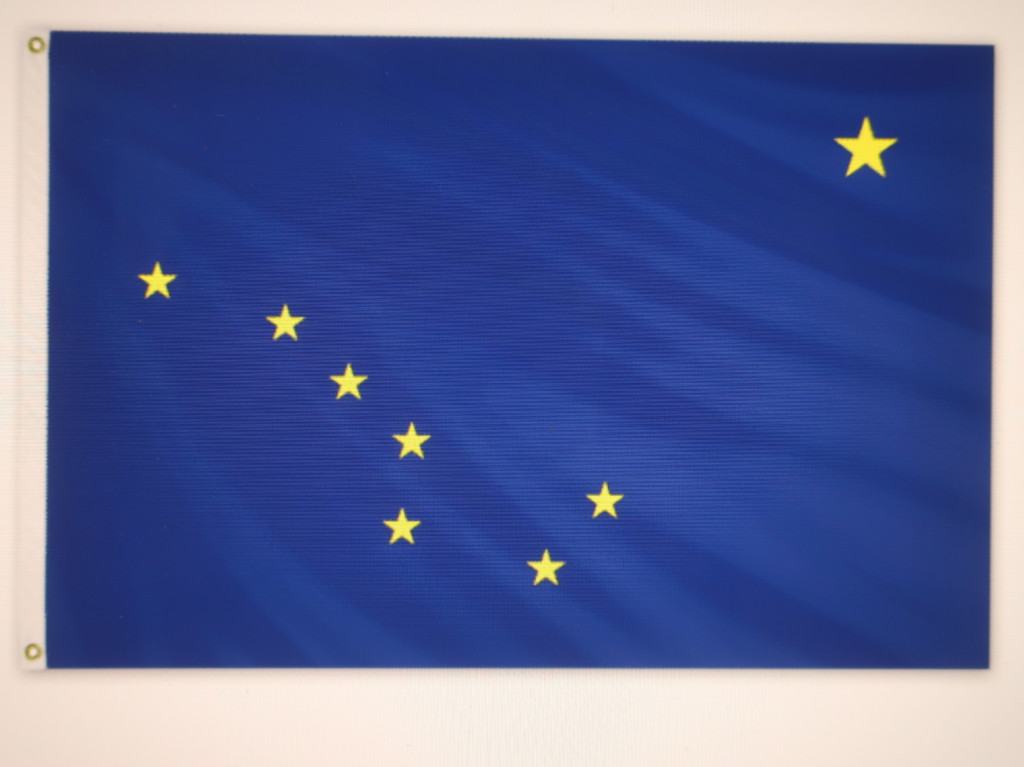

We took a walk around Anchorage’s waterways and came across a happy fisherman.
We continued our walk away from Anchorage. Mosquitos literally began eating us alive. When the guidebook says “bring mosquito repellent,” you bring it!
We did have lunch at a local diner. It was my first experience eating Pacific Halibut. It was indeed good. There was a number of restaurants selling Alaskan king crab too.
Through a cruise line or doing it yourself, people do visit what was known as Mount McKinley, now called Mount Denali. We have not made it there so far to this incredible National Park. In fact, you may not be able to see it as Mount Denali, over 20,00 feet high, is usually covered with clouds.
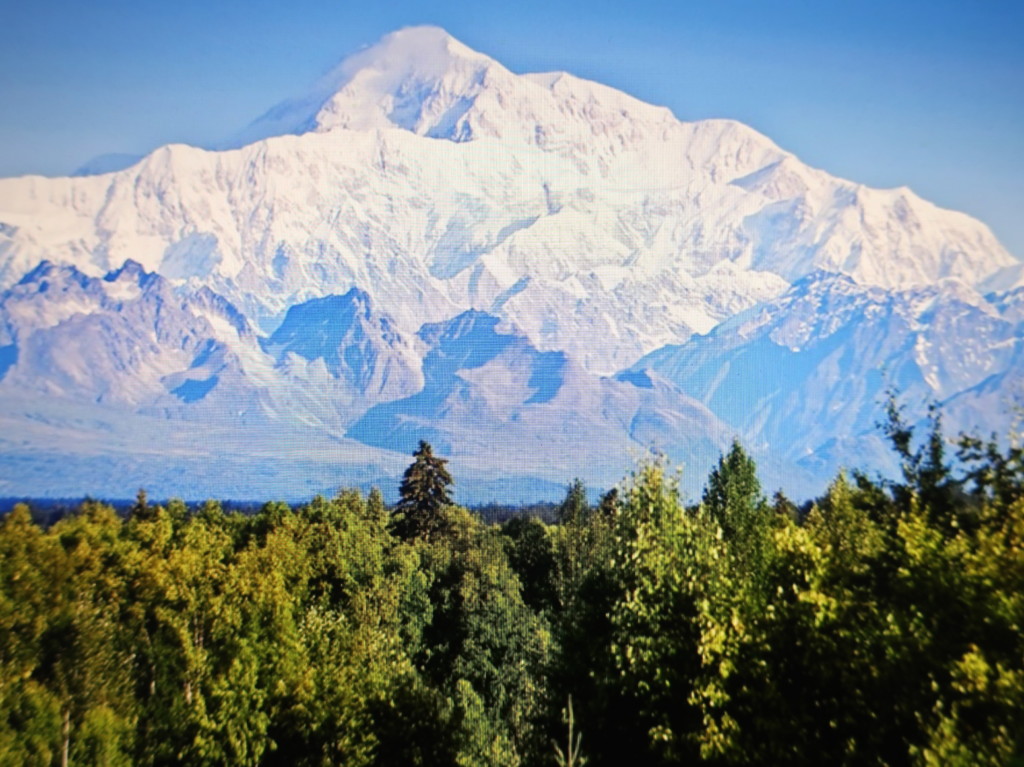
One can also visit Fairbanks which is 360 miles away. A scenic Alaskan Railroad route can also be taken from these areas.
From Anchorage, we drove to Seward to catch our Celebrity ship south.
As the waters around Anchorage are shallow, cruise lines like to use either the ports of Seward or Whittier.
Along the drive to Seward, we saw Beluga whales in the channel not far from Anchorage. We also saw a Moose across a pond.
Our first stop was the Alaskan Wildlife Conservatory Center. The area is more like a very large zoo with open areas for the animals. This picture of this giant Moose was actually through a fence. It does look like I was right up to the moose in the wild!
Our next stop by car was the Portage Glacier. At one time this glacier stretched for 14 miles across the Portage valley.
In 1986, the National Park Service built a Visitors center to view the glacier. With a continued glacier retreat, today the glacier can be viewed from a commercial boat tour.
In 2004, I took this picture of a distinguished looking Captain Tom Callahan. He was captain on the M/V Ptarmigan for 23 years and retired circa 2019. He said, “I saw the glacier every day, five times a day, so it’s a bit like having a child.” There are some people that just have that look, and Tom is one of them.
Within a two-hour drive from Portage, we made it to Seward, Alaska. The community was named after William H. Seward, once Senator of New York and later Secretary of State under Abraham Lincoln.

Secretary Seward was the mastermind on negotiated buying Alaska from the Russians in 1867 for 7.2 million dollars. In 2020 dollars that would be $133 million at .37 cents per acre. William was much criticized for wasting American tax payer’s dollars. His opponents called the entire deal “Seward’s Folly,” or even “Seward’s Icebox.” We now know the “Rest of the Story.”
The railroad helped to develop Seward in the 19th century.
The community is less than 5,000 people. Most recently, the city was highlighted as being the hometown to the Olympic swimmer, Lydia Jacoby, a 17-year-old athlete that finished first in the 100-meter breaststroke. It was the first time Alaska every won an Olympic medal—and a gold medal to boot. Seward went wild with the win.
We stayed in the nonchalant Breezy Inn. It was close to the water. There are, indeed, signs warning you about tsunamis. The last one that hit Seward was a forty-foot wave that stuck 18 minutes after the 1964 earthquake.
Today, along the water front is a campground for RV’s. It is one of the prettiest spots we have ever seen for RV camping. Ironically, in July of 2004 there were plenty of spots available.
By our inn, there was a baseball field with little leaguers playing. Here we were about 5,000 miles from home and one of the major connections with Seward is the game of baseball.
We were close to where the famous dog-sled race takes place called “The Iditarod.” Mush teams of 14 dogs travel by sled over 900 miles in the beginning of March.
There are a number of popular restaurants along the channel. Since 2004, there has been a number of chain motels that have found the advantage of being in Seward.
We highly recommend taking time to take a boat tour of Kenai Fjords National Park. The sizeable craft takes you out to the Harding Icefield where there are 38 glaciers.
Along the way, you may see humpbacks, killer whales, bears and seals. We were able to view killer whales, large seals and a lonely sheep.
Unfortunately, we have lost a bulk of our Seward pictures due to the transition from slides, Kodachrome negatives and to the digital age. For years, everything was once done with slides. It took months to scan the slides into PDF files. The Seward slides turned up missing for the most part.
The Kenai boat tour is about three hours long. On a nice day, the Kenai Fjords is stunning. On a rough day, you may get sea sick and your perspective of this National Park will be different.
In our travels, we always meet interesting people. We are not afraid to talk to strangers. In this case, we met a husband and wife who came to Alaska to fish. By using insulated containers and dry ice, these people were able to ship their caught Salmon to the lower 48 states.
After three full days in Seward, it was time to board our Celebrity ship called, the Summit. Please follow us to Part 2 of “Cruising Alaska.”
Thank you for joining us for our expose on “Reminiscing Sundays.”

